It had come to this. After doing very poorly on day two of the Invitational, I decided to switch over to Sneak and Show for the Sunday Legacy Open. I would soon find myself sitting at table 61 in round three, sporting an unimpressive 1-1 record. Magic had not gone well so far this weekend, but as my opponent sat down he pleasantly introduced himself and asked me how my fantasy football team was doing.
I smiled.
It was around 12:45, and right before sitting down for the match I had just made the game time decision to not play Jimmy Graham because of his injury (spoiler alert, he had two touchdowns). We chatted for a little about fantasy football and Magic, and then played a very close match which he would take down in three games, effectively ending any chance for me to redeem my weekend.
He was playing RUG Delver, and the games were extremely intricate. I had an unsuccessful Invitational with Goblins and was looking for a fun chance of pace, and I had picked up the Sneak and Show deck mostly on a whim. This was likely a mistake. Having to navigate the lines of play when playing against a combination of Force of Will, Daze, Stifle, Spell Pierce, and Wasteland, and then Red Elemental Blast and Flusterstorm post-board was an extremely difficult thing to do on the fly. I lost both rounds two and three in very close matches with RUG Delver, and dropped from the tournament round four after getting destroyed by a Death and Taxes deck sporting Oblivion Ring, Thalia, Guardian of Thraben, Phryexian Revoker, and way too many copies of Karakas.
However, the weekend did have one Magic highlight for me as I went 6-2 in Standard with Esper Control. I felt that both of my losses were definitely winnable, and I was very happy with the list.
Creatures (3)
Planeswalkers (4)
Lands (27)
Spells (26)

Going in to the tournament, it was clear that the Mono Blue Devotion decks from the Pro Tour would be on the downswing and that the Mono Black Devotion decks and Esper Control decks would be on the upswing. It also seemed like the amount of removal in these decks coupled with Mono Blue Devotion still being a deck would make any sort of highly aggressive strategy a risky proposition. The only somewhat-aggressive deck that had seen any sort of success was the red and green beatdown deck that had hybridized some of the elements from the devotion deck.
While I had considered playing some sort of hyper-aggressive strategy, I simply could not find one that offered me the consistency I needed. This left me set up to do two of my favorite things to do in Constructed:
1) Play one of the best decks tuned to beat the best decks.
2) Play a transformational sideboard in my mostly creatureless deck where I sideboard in a bunch of creatures.
While I think the Mono Black Devotion deck is fine, and I was actually a strong advocate for some of my friends playing the version with a green splash, the deck simply feels too fragile and underpowered to me. It is extremely reliant on Underworld Connections, and as the format adapts to fight that card with things like Abrupt Decay the deck will begin to have major problems.

So, once again, we were back with our old friend Sphinx’s Revelation.
The Maindeck
In the maindeck there were a few minor changes from last week’s standards.
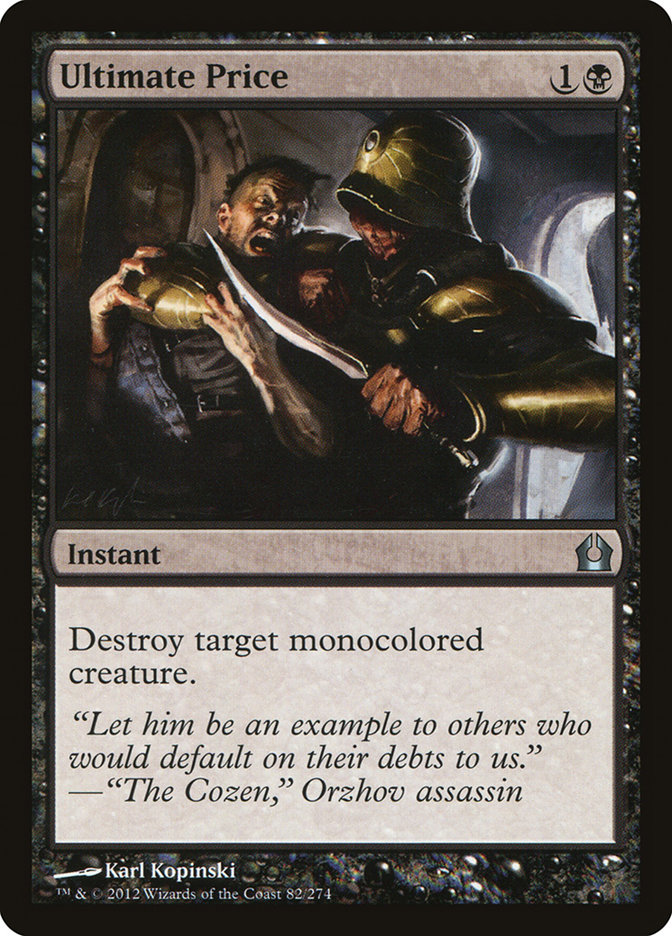
Doom Blade went from perhaps the most important card in the format two weeks ago at the Pro Tour to literally almost maindeck-unplayable. As a result, we had to find another two-mana removal spell, and Ultimate Price did the job. With the green/white creature base of Loxodon Smiter, Fleecemane Lion, and Voice of Resurgence on a steep decline, Ultimate Price was almost as good as a Doom Blade but wasn’t completely dead against Mono Black Devotion. The most taxing concern was that it could not deal with Nightveil Specter, which as we will find later was also a very good thing for us.
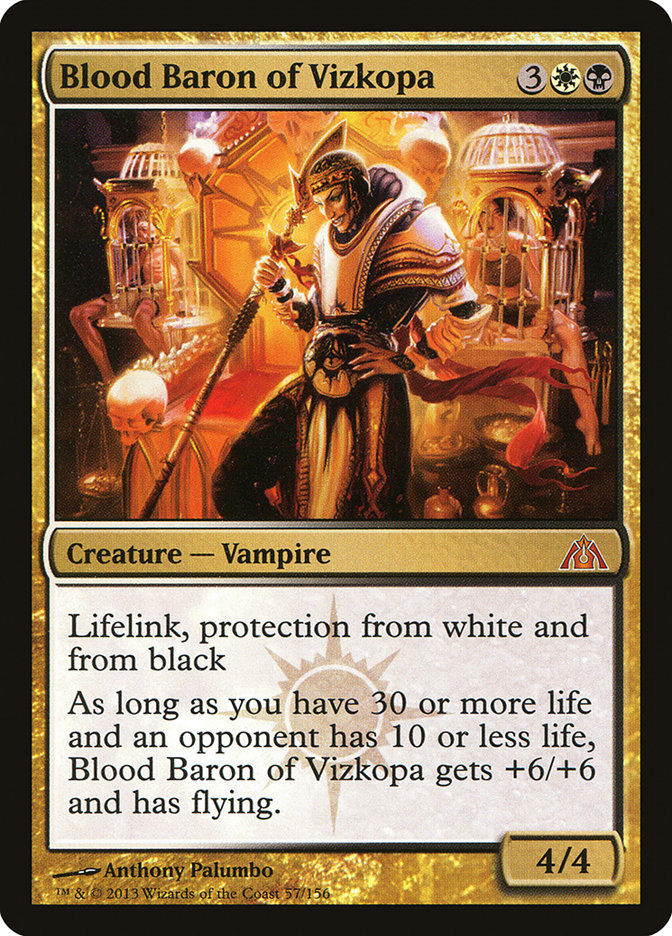
When Doom Blade and Hero’s Downfall are the best removal spells in the format and the most popular decks are either reliant on them, mono black, or looking to attack your life total, Blood Baron of Vizkopa is a big game. While Aetherling is the best supreme late-game threat in the format, this Esper Control deck is more concerned with haymakers than the ones of previous formats… and sometimes you just gotta tap out for something large and hard to deal with. The lifegain is also a huge bonus when fighting against cards that are supposed to be silver bullets against you like Burning Earth and Ruric Thar, the Unbowed, and against any aggressive decks that may have seeped through the cracks. I was somewhat concerned that people would turn to mono red aggressive decks in an attempt to try and take the control decks by surprise, and if that did happen then the Bloody Baron would provide me with ample game in that matchup.

The last major consideration was playing a pair of Thoughtsiezes in the main. As Mono Black Devotion has shown us, Thoughtsieze is one of the most powerful spells in the format, and with aggressive strategies on the decline I felt the game-one edge against the control decks and devotion decks of the format was well worth the risk if it not always lining up right against an opposing deck. It also set us up nicely for our sideboard plan, which we will get to shortly.
Notable Exclusions

While Elspeth, Sun’s Champion is a fantastic control card that really does everything you want it to do, it is unfortunately just a victim of the format. While ‘planeswalker’ is usually an extremely resilient card type, the extreme prevalence of both Hero’s Downfall and Detention Sphere make it very unreliable as a finisher. Given how few permanents this deck actually plays, by the time you finally cast an Elspeth your opponent would usually already have an answer or two in hand, and six mana is a lot to spend for three 1/1 tokens.
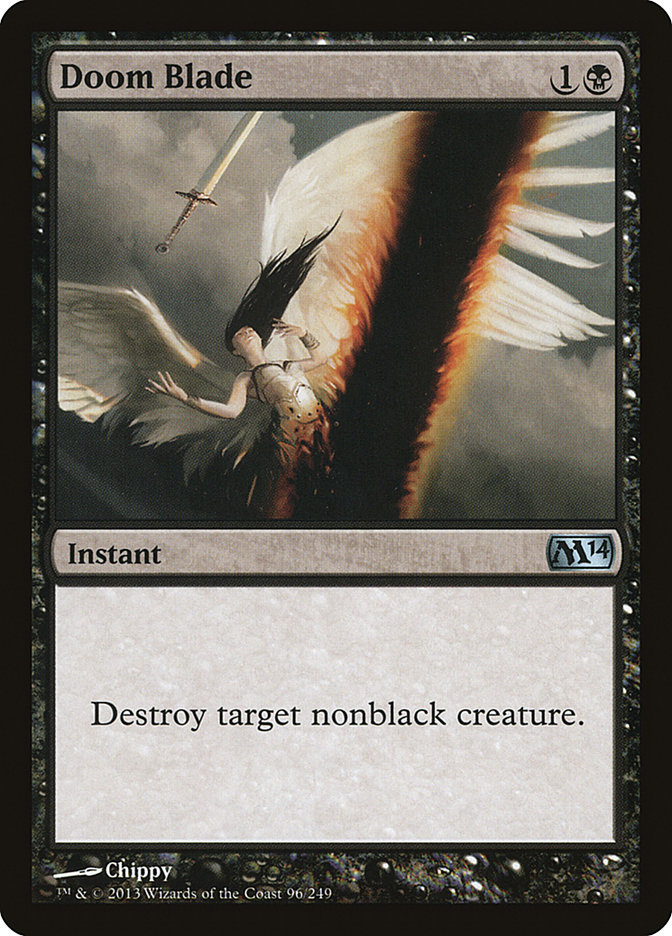
As we have already discussed, despite how important it was in Dublin the rise of so many black-based decks has rendered Doom Blade basically unplayable outside of the sideboard.

I like Far // Away a lot, but like most of the split cards it is rather clunky. Unlike the Esper decks at Pro Tour San Diego which played Sin Collector, this deck has no way to really abuse the Far half of the card, and the lack of token creatures and prevalence of mana creatures all combine to make it far and away one of the most underwhelming cards in the deck.
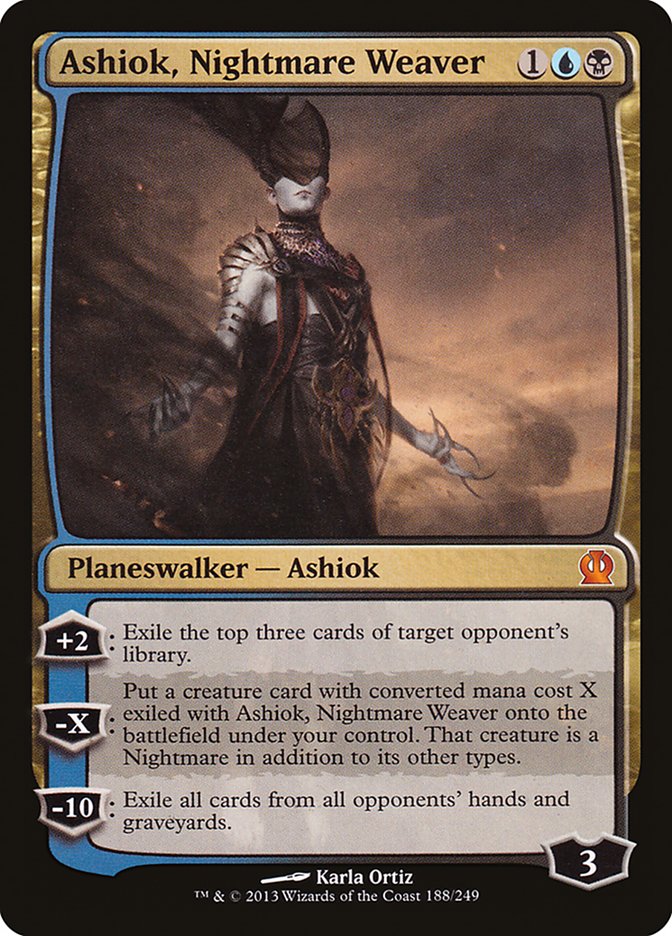
Another card I like a lot, Ashiok is simply not very good against many of the top decks in the format. Ashiok is at its best against decks that play a very high number of cheap, undercosted creatures; those decks do not currently exist. Without the consistency of being able to put a creature into play on the early turns, and with same vulnerabilities that Elspeh, Sun’s Champion has, Ashiok is very poorly positioned.
The Sideboard
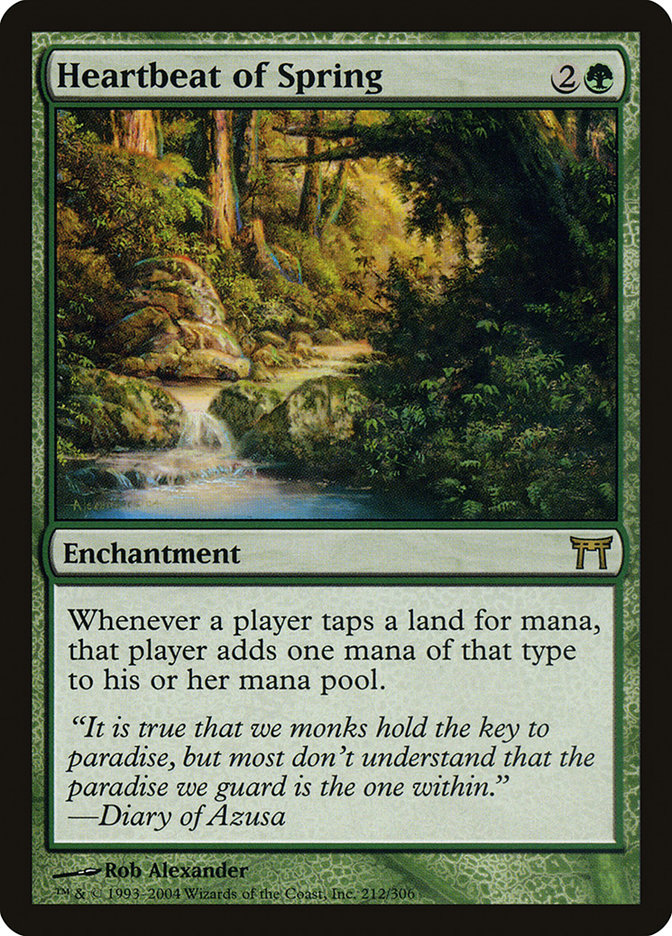
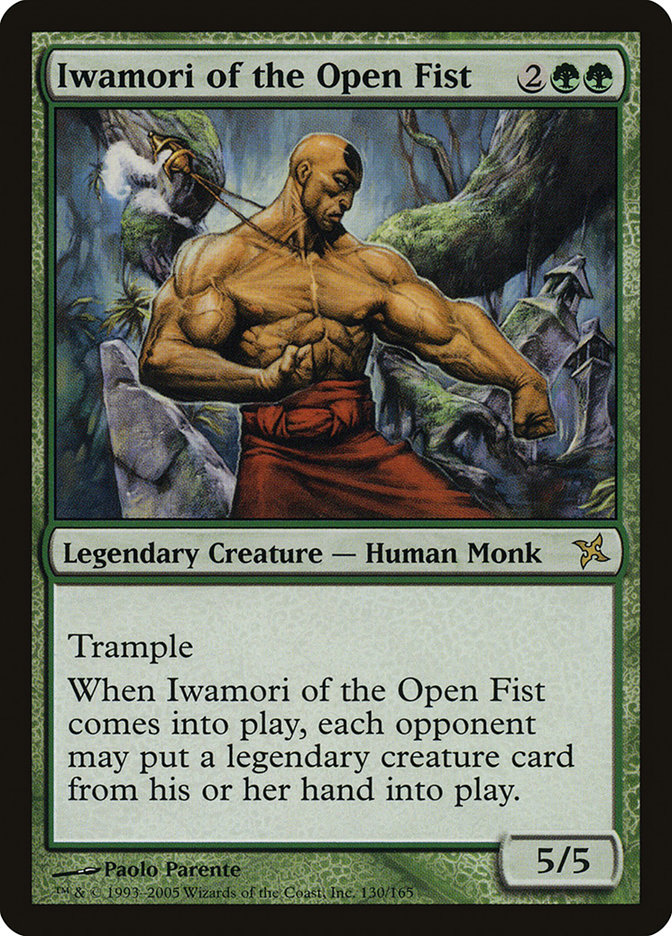
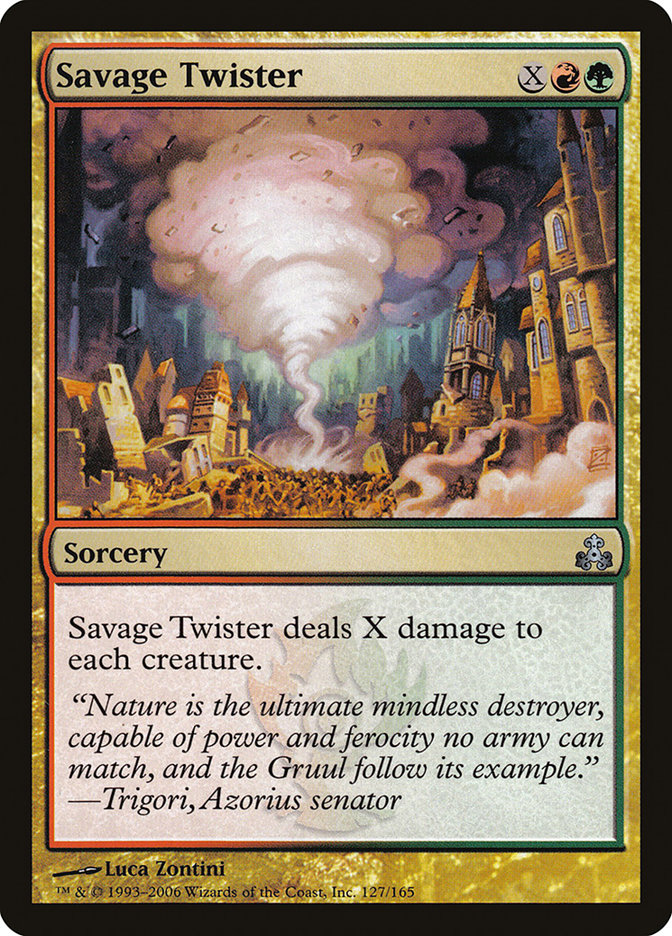
My favorite part of the deck was by far the sideboard. Ever since my very first Pro Tour in Honolulu back in 2006, I have been enamored with transformational sideboards. In that event I lost to Maximilian Bracht’s Heartbeat of Spring deck on Day Two; I was playing Zoo, and imagine my surprise when in the second game he dropped a turn-three Iwamori of the Open Fist and then swept my board with Savage Twister on the following turn. For game three, I was left to wonder what deck I would be playing against.
I’ve often used this idea of a transformational sideboard in my control decks, most usually sideboarding in a number of creatures to either take a more aggressive stance in glacial mirror matches or to punish my opponents for boarding out all of their removal. I think my favorite example was with the Mystical Teachings deck I won states with in 2007:
Creatures (10)
- 3 Shadowmage Infiltrator
- 1 Teferi, Mage of Zhalfir
- 1 Triskelavus
- 1 Venser, Shaper Savant
- 1 Mulldrifter
- 3 Shriekmaw
Lands (26)
Spells (24)

Traditionally, creature removal was very weak versus the Mystical Teachings control decks, however in many game twos my opponents would find themselves staring down a pair of Tarmogoyfs on turn four and feeling helpless. This would also institute a chess match for game three — would I still have them in? Would I board them back out?
The German Gambit
While the Esper deck’s sideboard is not nearly as drastic as Bracht’s, it does feature a very specific and unexpected plan for its matchup against Mono Black Devotion and other control decks.
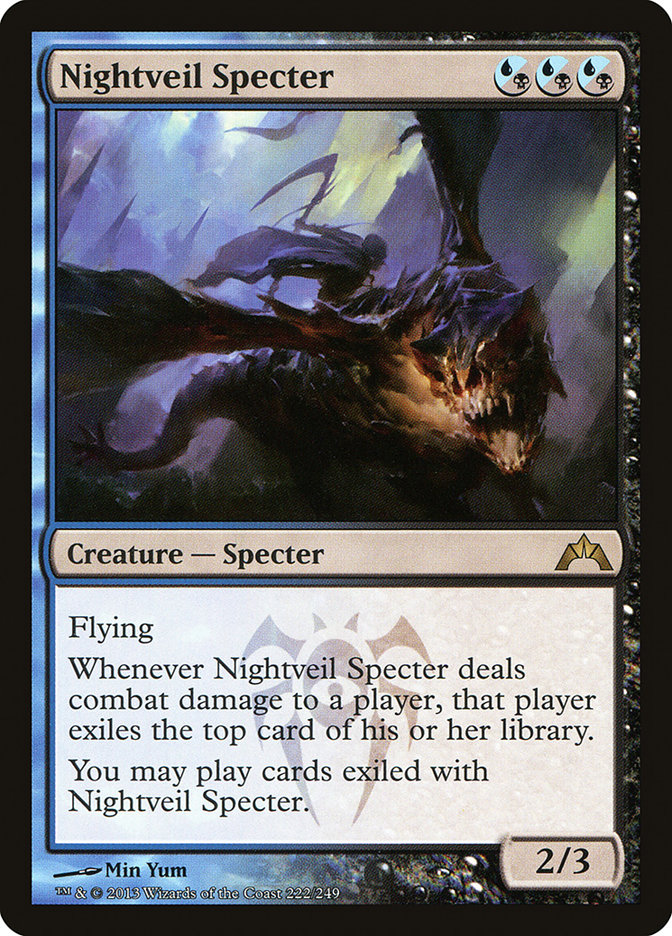
As we mentioned in the section about Ultimate Price, Nightveil Specter is particularly hard for the black-based control decks to kill, even moreso when they have de-prioritized their removal in post-board games. It provides us with a steady stream of card advantage, and also allows us to pressure our opponents and their planeswalkers in a way that they did not expect. In the worst-case scenario it can also provide a blocker for our opponent’s Nightveil Specters and keep us at parity.

As we have stated, Blood Baron of Vizkopa is a fantastic threat versus the control decks of the format and is very difficult to kill. If we plan on getting aggressive in our post-sideboarded games, Blood Baron provides us with the ideal threat. Blood Baron also plays well with the Nightveil Specter plan, as typically the Mono Black Devotion deck’s only way to deal with a Baron is an edict effect like Devour Flesh, and if we have a Nightveil Specter in play that will protect our Baron from a devoured fate.

Perhaps most important part of our sideboard package is Thoughtsieze. Whereas some of the other Esper Control decks don’t sport the full set of Thoughtsiezes, our sideboard plan is designed perfectly to complement the disruption. Our Thoughtsiezes can help to pave the way for our copies of Nightveil Specter, Jace, Architect of Thought, and Blood Baron of Vizkopa, allowing us to gain a major advantage in the midgame.

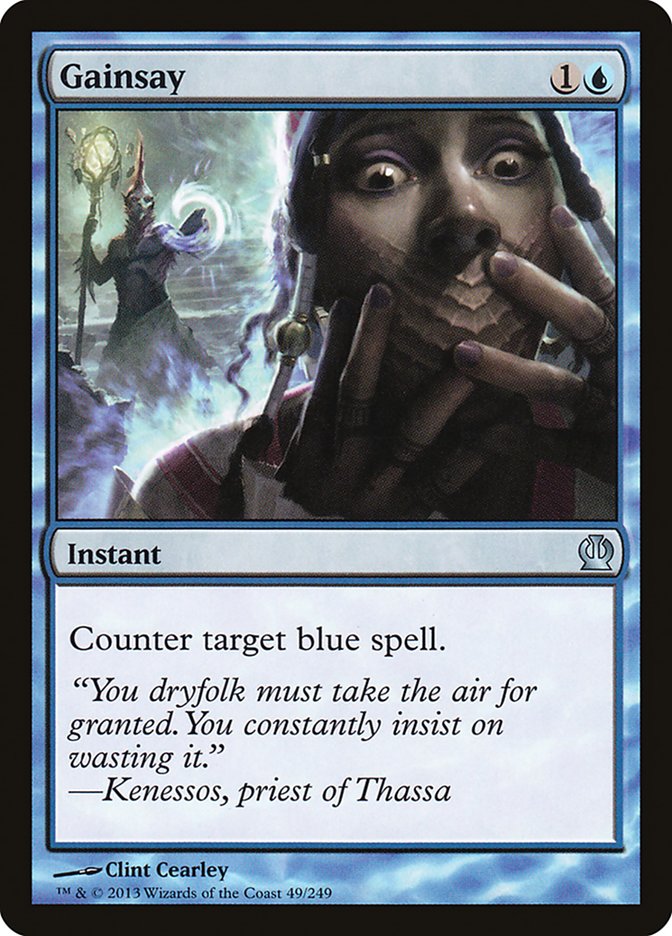
Lastly we have our three disruptive and inexpensive counterspells to help us to press our advantage. While these cards are always good in control mirror matches, they gain a bunch of extra value in our sideboard configuration because our pressure is going to force our opponents to react before they are properly set up, allowing our cheap countermagic to punish them.
The Rest of the Sideboard
Of course, the full fifteen card transformational sideboard is very uncommon these days. Blood Baron of Vizkopa does double duty versus aggressive decks as well, which provides us with a lot of versatility, but we also have a number of slots for other things.
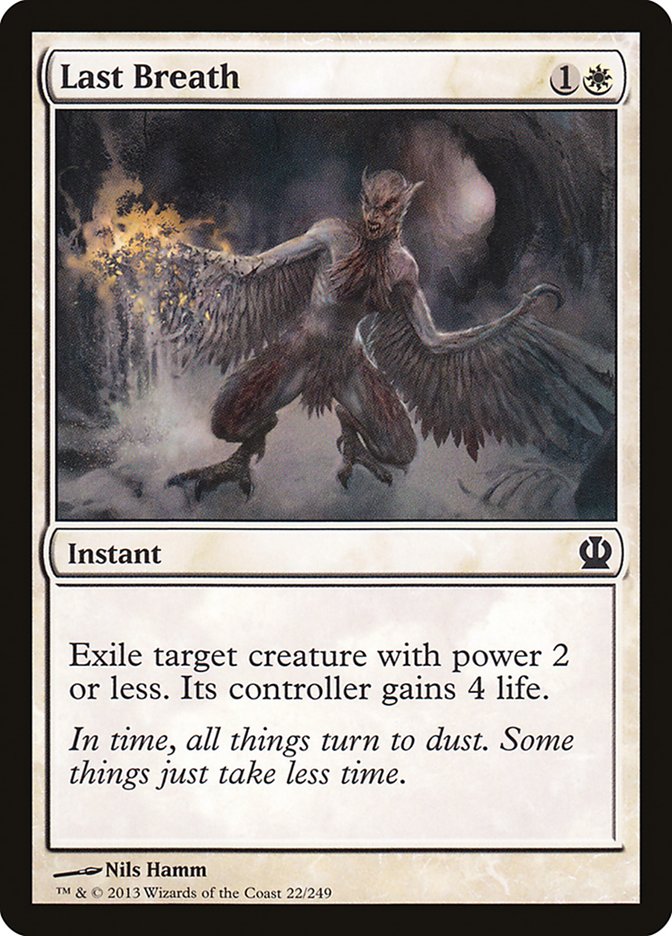
Last Breath is our backup two-mana removal spell of choice, and it was chosen because it can answer almost all the early creatures from aggressive decks as well as Nightveil Specters and Master of Waves from Mono Blue Devotion. I also wanted to hedge a little bit, as while Voice of Resurgence was currently on a large downswing it is nice to have an answer if he shows up again.

While Elspeth, Sun’s Champion did not make our maindeck, it is still a fantastic tool versus all of the bigger red and green decks of the format. One copy found its way into the sideboard to help shore up those matchups.
Other Observations
As I talked about in my last article, we are definitely still in the very early stages of the format, and this was obvious when you saw the amount of variation in many of the decks in the tournament.

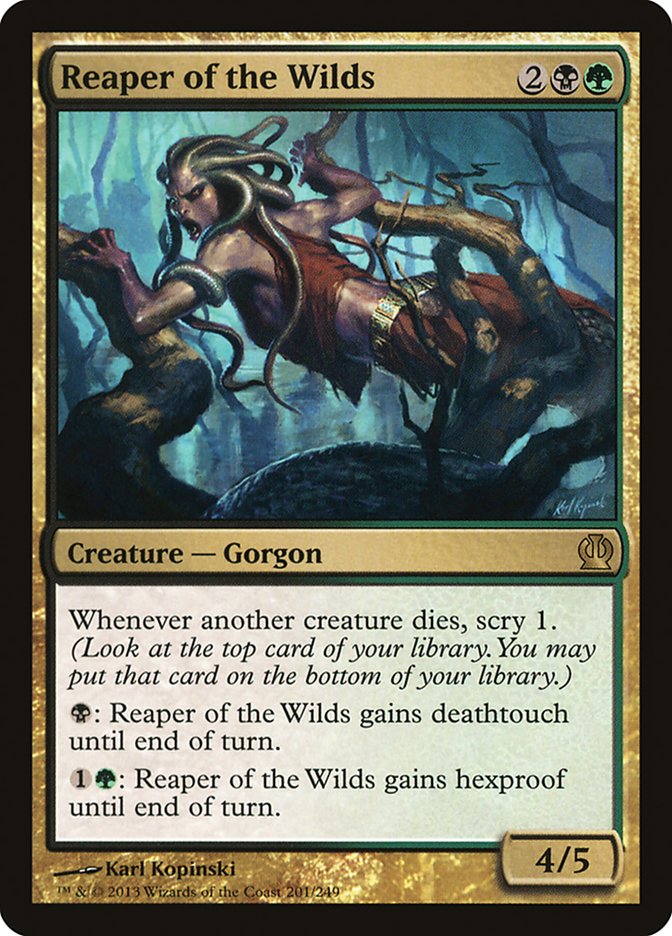

There were numerous Mono Black Control decks sporting both green and white splashes in attempts to gain an edge in the mirror match. The green versions were using Abrupt Decay over Doom Blade as an answer not only to early creatures but also Underworld Connections, Detention Sphere, and Chained to the Rocks, and also took advantage of Reaper of the Wilds as a hard-to-kill finisher. Speaking of hard-to-kill finishers, while the green splash was more popular (and I personally think more effective) some other players chose to splash Blood Baron of Vizkopa.
We also saw my buddy Max Tietze make the Top 8 with an interesting blue/white control deck that looks very solid, and a few of the usual suspects: Esper, Mono Black Devotion, and red/green decks.
More Than Magic
Despite the lack of my own success on the trip, my roommates fared better; I got to vicariously experience the excitement of Max’s third Invitational Top 8 and my buddy Dan Jessup making Top 8 of the Legacy Open on Sunday.
More importantly though, I had an awesome time. Everyone in my room was awesome, and it was great seeing lots of people I don’t get to see that often. We played glow in the dark mini golf (I won), credit card gamed for a very expensive meal (I lost), saw Bad Grandpa (it sucked), ate and drank like fiends (awesome), and generally just hung out and had a really good time.
I’ll be looking at Esper again as I prepare for my next tournament, and I am already booking my flight to Vegas for the last Invitational of the year. I currently sit at 50 points this year, and Level 3 is so close I can smell it.
